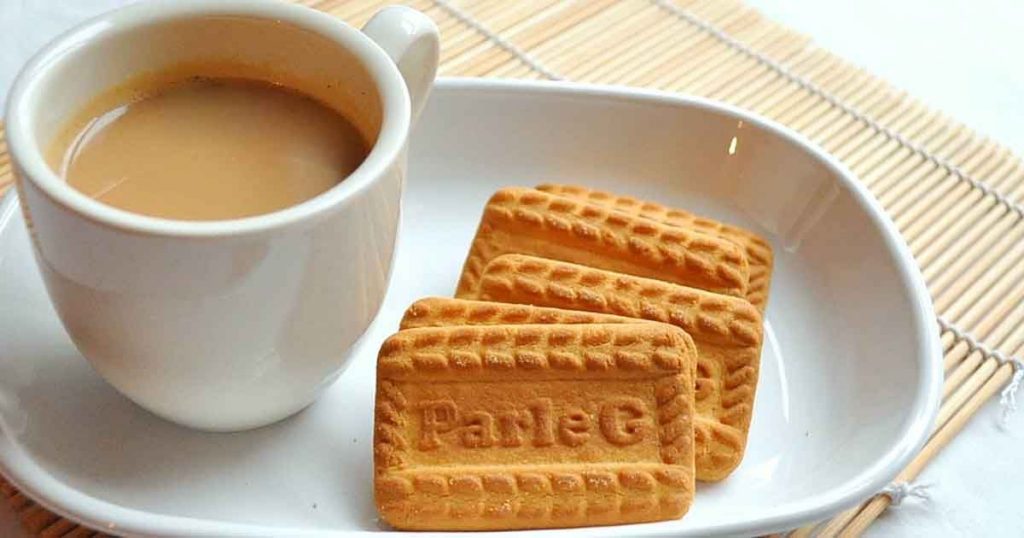
Background
Parle-G is a known brand to millions now in India as its factory is established in the suburb of Mumbai since 1929. The founder of this Parle factory are Chauhan family and factory headquarters is in Vile Parle (east), Mumbai, Maharashtra (the factory has been closed recently due to increased costs of transportation). They started manufacturing biscuits from 1939. People were unable to buy British biscuits because of its high cost, then Parle factory came into market with its low price Glucose biscuit. According to top writer Nikhil Patel, earlier the biscuits were wrapped in wax paper unlike today’s plastic paper. After India gained independence in 1947, parle company started campaigning Parle biscuits in competition to the British biscuit called Jacob’s biscuit from UK in 1929. Parle G biscuit stands out from other products of Parle also because of its friendly prising.
How parle-G name came into existence?
Founder coming from Gujarat community, Parle-G’s name first came from founder’s family. They started calling the biscuits as Parle, as Parle means suburb in Gujarati language. As the biscuit had sweet taste of Glucose in it, people started calling biscuits as Parle Gluco. After seeing the success rate of Parle biscuits, other biscuit companies in the market started coping Parle companies idea. To avoid confusion in the market, Parle owners changed its product’s name to Parle-G from Parle Gluco.
Parle-G gaining popularity
According to a recent report by Nielsen, article by Sagar Malviya on 24th june 2015; Parle-G topped the sales chart among other food companies in India during 2014-15, where, Britannia and Mondelez shared the second spot with Rs. 6,800 crores of revenue. Parle G’s sales had exceeded Rs. 8,300 crores according to the report. Parel G had hit the success rate wit 29% shares in the biscuit category plus sates going up by 5000 crores during that period. Under non-food category, HUL was doing great with sales of Rs. 25,400 crore nearly thrice compared to their rival company, P&G, who registered their sales with Rs. 8,600 crore.
In food category Parle company topped with growth of 3.1% (with revenue of 8,300 crore) and least was Frito-lay India with growth of 1.7%.

Sustainability of Parle G in the current scnerio
One of the old and trusted brand has grown successfully since 1929. Parle had strong hold in terms of revenue with two rivals; Britannia and Mondelez. At present, consumers have choice in the market with other glucose biscuits like, Oats, ragi cookies, digestive and milky biscuits in the market. Executive director of Parle Products, Ajay Chauhan, is aware of this situation. So, does Mr. Chauhan can still maintain the dominant position in the market?
Industry estimates the biscuit market share worth Rs. 15000 crore till September 2012 with glucose accounting for 30% of this segment. Glucose category has not launched much products compared to other cream or cookies category. Parle G had launched Parle G- Gold in May 2012, a premium glucose biscuit which was much heavier than the original one.
Preeti Chamikutty mentions few Parle G facts in her article published on Jan 16,2013. According to her;
400 million Parle G biscuits are produced daily, 1 billion packes of Parle-G are produced monthly, Parle G are sold in more than 500 retail stores, 4,551 Parle-G biscuits are consumed per second, if all Parle G biscuits consumed annually are put end-to-end; they would cover the earth’s circumference 192 times, Parle G sells more biscuits compared to China biscuit market, Parle G’s pricing remained unchanged even in 2000’s.
Basic question at present is, will the present youth from the population still go for Parle-G biscuit even today? In my opinion, if somebody is price sensitive, they will still stick on to Rs.5 Parle-G, which is filling and of course Mumbaikars should not give up on them for a reason :).
